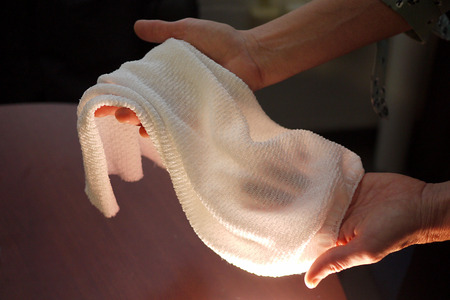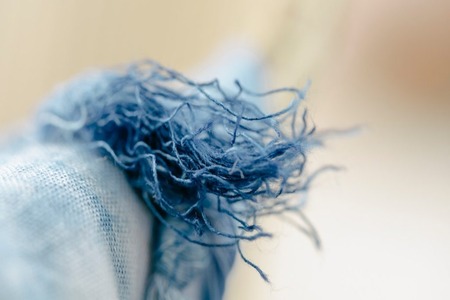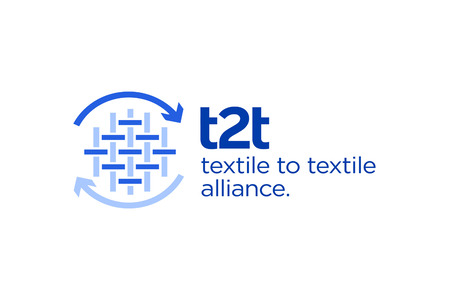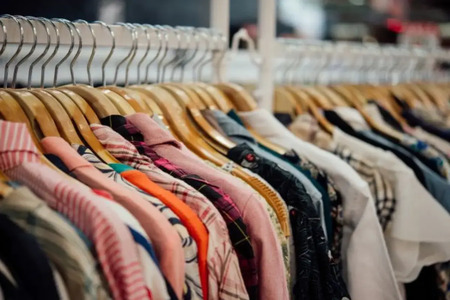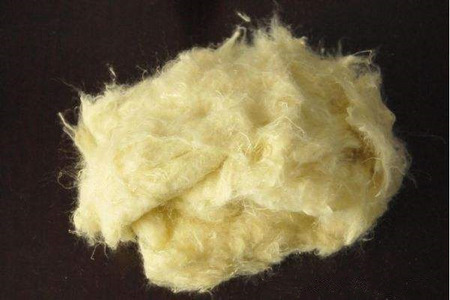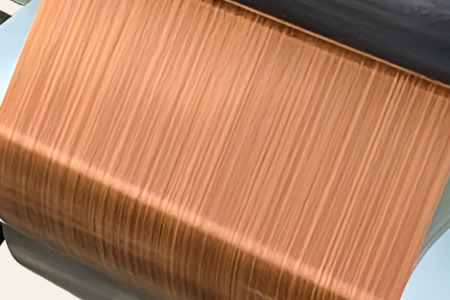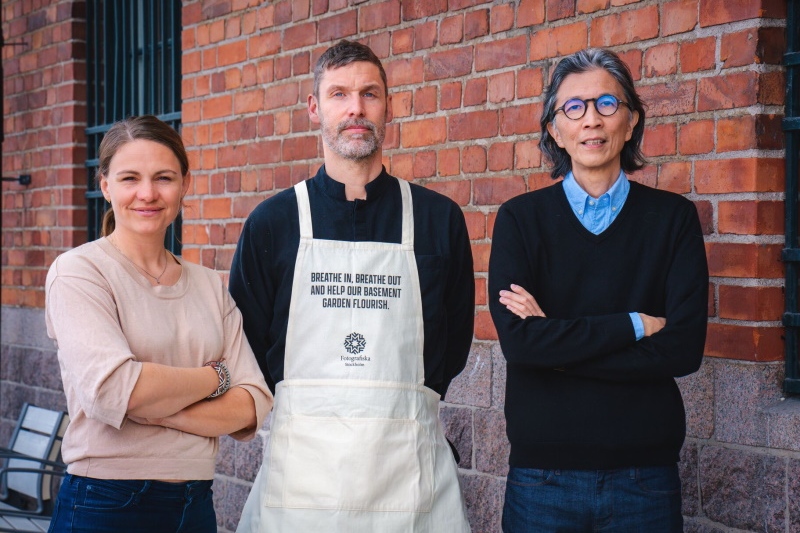
HKRITA launches cotton apron that captures CO2 from air
YarnsandFibers News Bureau 2022-05-24 13:02:21 – SwedenIn a test of a technology created by H&M-backed researchers, a Stockholm restaurant staff is wearing cotton aprons that absorb greenhouse gases from the air, as the fashion sector strives to reduce its climate effect.
The textile sector has a high carbon footprint, which fashion industry titans are under increasing pressure to solve as consumers become more conscious of the environmental effect of clothing and global temperatures increase.
The Hong Kong Research Institute of Textiles and Apparel (HKRITA) has created an amine-containing solution for treating cotton - fiber, yarn, or fabric - to attract and trap carbon dioxide gas, which is then stabilized and stored on the textile's surface.
HKRITA CEO, Edwin Keh, said that his team was inspired by techniques employed in coal-fired power plant chimneys to minimize pollution. Many power plants have to wipe as much carbon dioxide out of the air as they can before releasing the exhaust. They figured, why not attempt to reproduce that chemical reaction on cotton fiber?
Keh added that a T-shirt is able to absorb about a third of what a tree absorbs per day. The (capturing) capacity isn't particularly high, but it's rather cheap and simple to create, and they believe there are several possible uses.
The aprons for the pilot were made at an H&M supplier in Indonesia, utilizing the factory's existing treatment equipment, according to Keh. It's a really straightforward chemical procedure.
In the pilot, the aprons are heated to 30-40 degrees Celsius after use, at which point they release CO2 - into a greenhouse where the gas is taken up by plants.
According to the H&M Foundation, the idea has the potential to be a game-changer in terms of reducing global CO2 emissions.
CO2-absorbing textile projects, on the other hand, are in their early stages, and their potential contribution to reducing the environmental effect of the textile sector remains to be seen.
Keh stated that the institution will now further improve its technique and try to discover new applications for it, as well as various methods to use or dispose of the acquired CO2.
HKRITA, which is partially funded by Swedish fashion retailer H&M 's (HMb.ST) philanthropic arm, has produced a variety of ideas targeted at making fashion more sustainable. A technology for separating cotton and polyester fibers in blend textiles has reached industrial-scale application.
Market Intelligence
Ask for free sample Report

experience
Customer Base
dedicated team
Countries Served Worldwide



